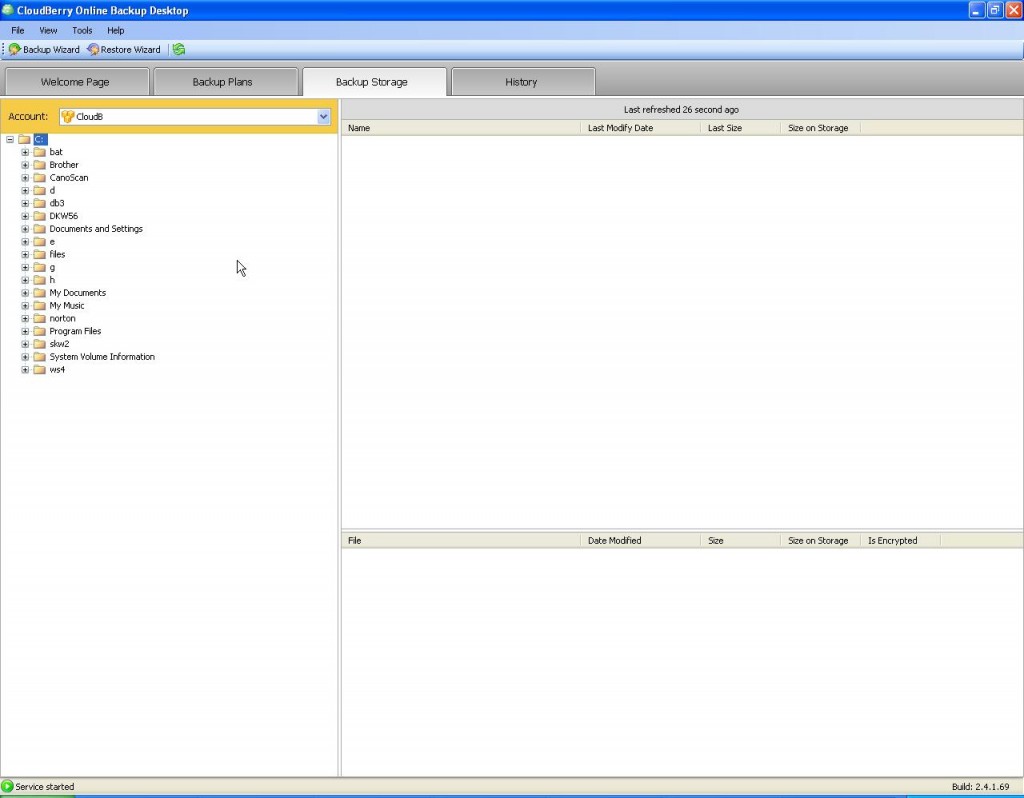This is a question I must answer if only to explain myself to myself. First I’ve always viewed the popularity of an Apple product – whether an old Mac or an iPad – as a religious phenomenon, like a Joan Baez concert or Jewish delicatessen food, not something loved for its intrinsic value.
The Macs when I paid attention to them seemed aimed at persons without computer skills who wanted a computer only for what they could do with it. They certainly didn’t want a machine that they would have to care for and feed nor update and fix when that was required. I understood that longing, since I was the person in my small circle who was the “go-to” when friends or family had problems. Probably – I don’t know for sure – the Mac brought many features I liked and used: menus and icons (that I really don’t need) are just two I think that originated with Macs. And what would computing for me be without menus? When I try to teach someone how to get the most from their computer I’m always stressing that they “just shop your menus.”
Tweaking my PC to get the processing or performance I wanted was not a problem for me, and I certainly didn’t want to have to take a machine back to the Apple store when it stopped working. The Macs were cute; they were small and light-weight, but I didn’t value those characteristics.
Then came smartphones – the iWhatever versus the Android widget. Oh gosh, and after that has come the iPad with an iPod in between somewhere. The idea of apps and the functionality of many apps I use all the time came from Apple. Android programmers have done a good job of copying their functionality – often the same guys who did the original app for the Apple. Looking at myself I guess I wasn’t dying for something in which I could carry my music; although I do have a certain amount of music in my Adroid whatever. I had to have the first Android smartphone – the Motorola Droid – that Verizon sold. Day-by-day I’d be lost without the functionality of my smart phone, most of which I use on my own WiFi network. The iPad left me cold. I can’t imagine what male wants to carry around a big screen that he can’t put in any of his pockets. For me, I’ve gone from my clunky Motorola Droid with its bigger screen to a little Huawei 8150 that I can slip into most shirt or pants pockets.
Finally I bought a Tablet – my idea of a iPad knock-off, but I hate it. It hurts my eyes when I try to read my Kindle books on it; my Huawei (actually a T-Mobile Comet) doesn’t hurt my eyes. And, it seems I can never find the apps I prefer for it (that’s probably strictly a function of the particular Tablet I bought).
The first computer I worked on had a memory of 4096 16-bit words, effectively about 8192 alphanumeric (A, B, C, 1, 2, 3…) characters, and it filled a room that was about 1200 square feet. It wasn’t something I’d love but only something I’d try to wrest some productive processing from.
Making computing trouble-free for the average brown bear was a good thing; the world was running out of native English-speaking tech support persons.
I understand that Steve Jobs made people love technology; I saw that coming more than 30 years before Apple when I said “electronics is our friend.” I never meant that I thought its being our friend was a good thing only that it was inevitable.
Those like me who stick with PCs know how to make them work, are constantly entranced with new insights into their insides and those of the software that runs on them and enjoy developing new things to do with them. Also, many like me have rarely played a game on a PC, listened to music on it or watched a movie on it, but we do appreciate getting how-to videos that come with new products we buy and we do tolerate the background music that plays as we watch them.
Recently I was investigating security cameras and a home alarm system along with the software to control them. The software initially only ran on PCs, but there was a promise that at some later time MAC versions of some of it would be available. This probably is the best example of why I would always stick with a PC and use it even if I also wanted to watch movies, play music and know where a large circle of friends were partying at any moment in time.
From time to time I’ll play with friends’ and family members’ Macs or even smartphone, if they let me, but I suspect I’ll continue to be an unreconstructed PC addict who is constantly enjoying finding new file types and new PC processes he can use for something he perhaps didn’t know he even wanted to do.
 Inserting a copy of it here reminds me that much as I advise others to read user guides and manuals I tend to brute-force install new hardware and software. Luckily this has installed very well. Glancing at this Welcome Page I will certainly use one or more of the pre-defined backups.
Inserting a copy of it here reminds me that much as I advise others to read user guides and manuals I tend to brute-force install new hardware and software. Luckily this has installed very well. Glancing at this Welcome Page I will certainly use one or more of the pre-defined backups.
 It took me a while to realize all the information (log) about a backup process that was available. The example I chose to show above is for “Restore” since I’ve done no restore and consequently will not be displaying any personal information. I have by the way used the storage page as well as Cloudberry Explorer to verify that files have actually been backed up to the Amazon AWS cloud that I am using.
It took me a while to realize all the information (log) about a backup process that was available. The example I chose to show above is for “Restore” since I’ve done no restore and consequently will not be displaying any personal information. I have by the way used the storage page as well as Cloudberry Explorer to verify that files have actually been backed up to the Amazon AWS cloud that I am using.
